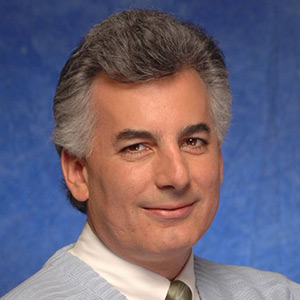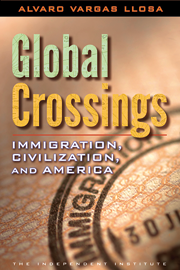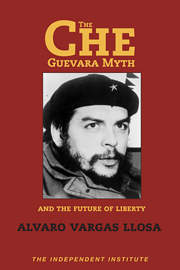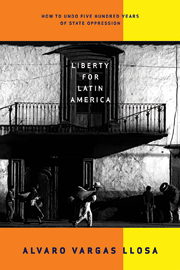WASHINGTON—The Federal Reserve recently announced new measures to tackle the current financial crisis. They include helping J.P. Morgan Chase acquire Bear Stearns, lowering the discount rate and offering short-term loans to about 20 investment banks—and they came only days after the government said it would inject $200 billion into the financial system. These are the latest steps taken by the U.S. government to solve a problem created in large measure by the government itself. We have seen this movie before.
As a reaction to the bursting of the dot-com and telecom bubbles at the end of the 1990s, the Fed inflated the currency through the actions of its Open Market Committee. By June 2003, the policy of easy money was reflected in the drop of the federal funds rate to 1 percent. The loose monetary policy was maintained, with variations, for almost five years. The result was a fiction economy in which millions of people borrowed and consumed too much. The fact that mortgage loans were turned into sophisticated securities traded internationally made the fiction global.
Greedy investors and profligate consumers are but a symptom of the real problem, which is monetary policy. The history of the boom-bust cycle since the creation of the Federal Reserve in 1913 has been the deliberate increase of the money supply, the misallocation of resources due to the perverse incentives of inflation, and eventually the bursting of the bubble. It is the consequence of the Federal Reserve system, a central bank that confers upon a chosen elite—the Federal Reserve governors—the monopoly of money creation and the power to decide what amount of money is appropriate for an economy in which millions of people are making decisions they cannot anticipate.
The Fed was created as a response to the periodic bank runs of the late 19th and early 20th centuries. Some of the greatest economists have explained that part of that instability was caused not because private banks were free to issue currency (even as late as 1907) but because the government maintained a policy of rewarding irresponsible behavior by rescuing financial institutions when they reached the verge of collapse. In any case, as Milton Friedman wrote, the instability of the pre-Federal Reserve years was nothing compared to the booms and busts caused by the monetary authorities after 1913.
Nobel laureate Friedrich Hayek, whose free-market ideas triumphed with the collapse of the Soviet Union, frequently denounced the connection between central banks and the boom-bust cycle. In an interview conducted in 1977, he said, “If it were not for government interference with the monetary system, we would have no industrial fluctuations and no periods of depression. ... The mistake is the creation of a semi-monopoly where the basic money is controlled by the government. Since all the banks issue secondary money (in the form of loans based on deposits), which is redeemable in the basic money, you have a system which nobody can control.”
In many countries, money used to be in private hands (think House of Rothschild). The fact that money was issued by private institutions in part accounts for the extraordinary prosperity that Argentina enjoyed in the 19th century.
In a system of free banking, institutions that do not protect the value of the currency simply collapse—and their collapse does not wreck the entire economy. Under a rule of law that punishes fraud and counterfeiting, the risk of failure without bailouts is enough to guarantee a more stable system. And in such a system, it would be harder for the government to spend as much money as it does now—a major factor in the devaluation of the dollar—because it could not create money, only tax and borrow.
Advocating the abolition of the Federal Reserve, an institution people take for granted, seems too radical for most people, who think financial crises are the result of too little, not too much, government regulation. So the knee-jerk reaction, as exemplified in so many editorials and statements on the campaign trail nowadays, is to scream in favor of government intervention—the reason why bank rescues and the pumping of new money is the government’s sacrosanct policy.
It is time to think more boldly. If abolishing the Federal Reserve is politically inconceivable right now, there are less dramatic measures that can be taken on the road toward a definitive solution. The most obvious one is to simply stop using the Federal Reserve to inflate the currency.
If a crisis in which at least $400 billion has already been lost and millions of people have been badly hurt is not enough to set minds thinking audaciously, nothing will.












